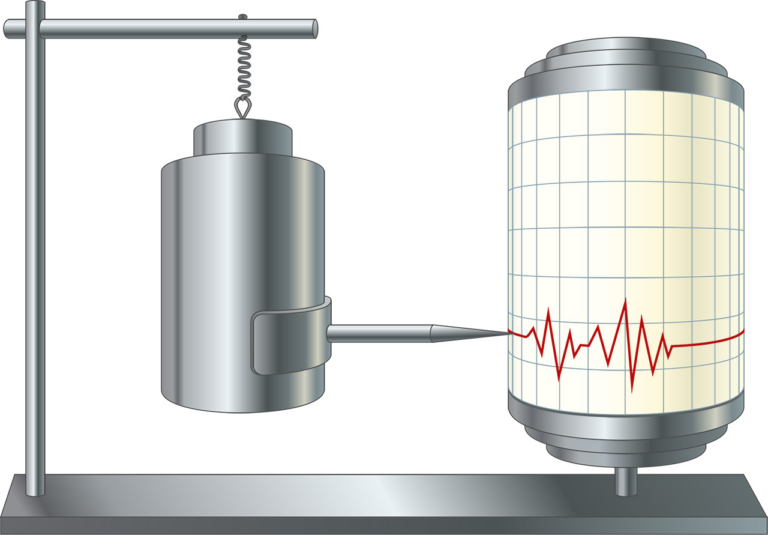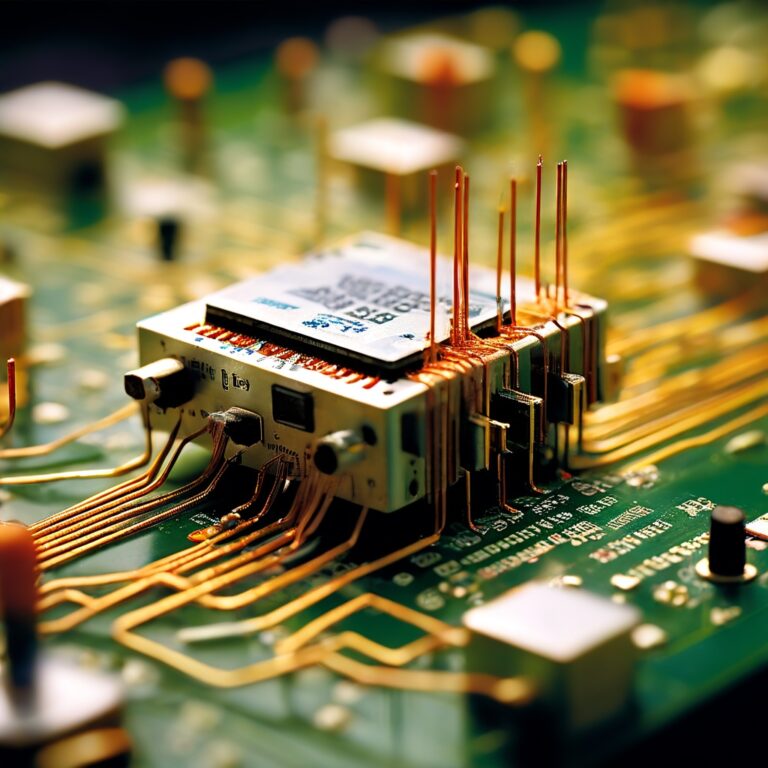The New Age of Seismology: Breakthroughs in Technology and Data-Driven Insights

The field of seismology is undergoing a transformation, driven by breakthroughs in sensing technologies, machine learning, and high-performance computing. These innovations are enabling the detection of smaller seismic events, mapping hidden fault structures, and creating detailed 3D models of Earth's interior, opening new frontiers in understanding our planet's dynamics.


